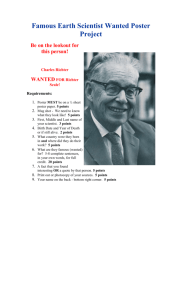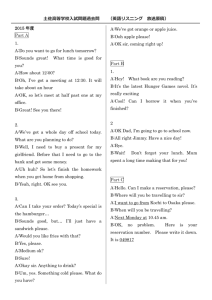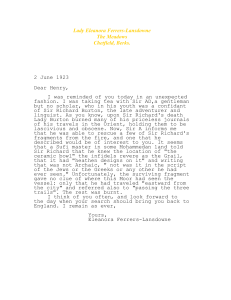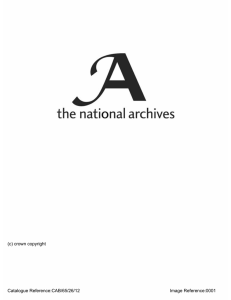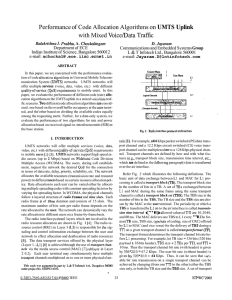Dawood Khalfan Abdullah Al-Brashdi
advertisement
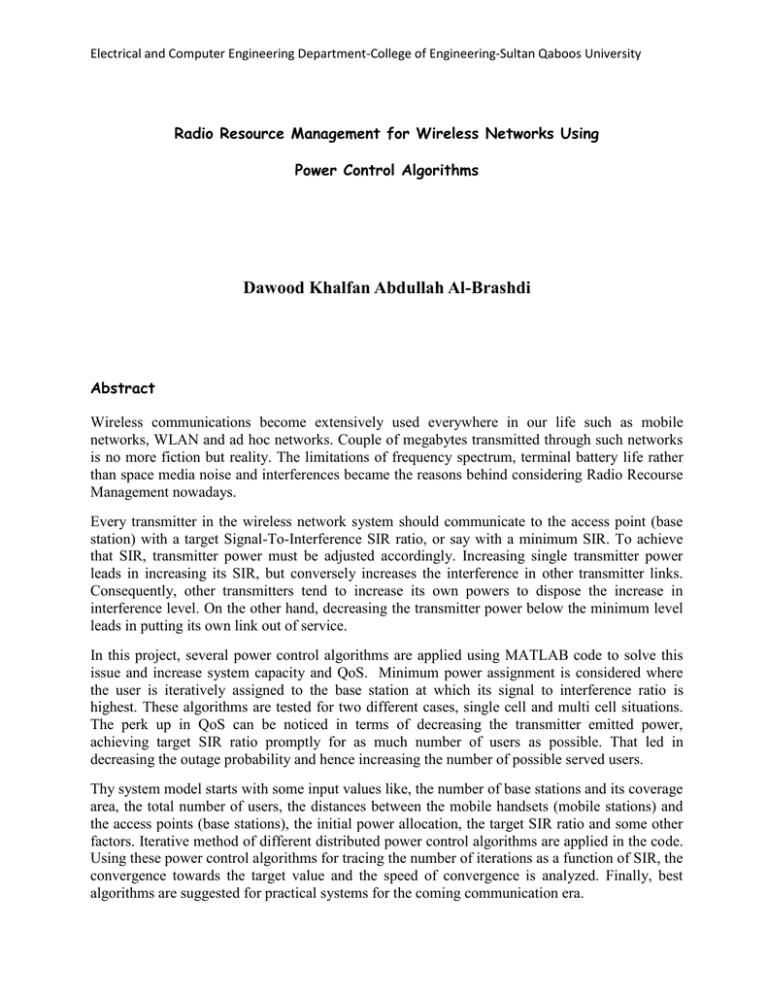
Electrical and Computer Engineering Department-College of Engineering-Sultan Qaboos University Radio Resource Management for Wireless Networks Using Power Control Algorithms Dawood Khalfan Abdullah Al-Brashdi Abstract Wireless communications become extensively used everywhere in our life such as mobile networks, WLAN and ad hoc networks. Couple of megabytes transmitted through such networks is no more fiction but reality. The limitations of frequency spectrum, terminal battery life rather than space media noise and interferences became the reasons behind considering Radio Recourse Management nowadays. Every transmitter in the wireless network system should communicate to the access point (base station) with a target Signal-To-Interference SIR ratio, or say with a minimum SIR. To achieve that SIR, transmitter power must be adjusted accordingly. Increasing single transmitter power leads in increasing its SIR, but conversely increases the interference in other transmitter links. Consequently, other transmitters tend to increase its own powers to dispose the increase in interference level. On the other hand, decreasing the transmitter power below the minimum level leads in putting its own link out of service. In this project, several power control algorithms are applied using MATLAB code to solve this issue and increase system capacity and QoS. Minimum power assignment is considered where the user is iteratively assigned to the base station at which its signal to interference ratio is highest. These algorithms are tested for two different cases, single cell and multi cell situations. The perk up in QoS can be noticed in terms of decreasing the transmitter emitted power, achieving target SIR ratio promptly for as much number of users as possible. That led in decreasing the outage probability and hence increasing the number of possible served users. Thy system model starts with some input values like, the number of base stations and its coverage area, the total number of users, the distances between the mobile handsets (mobile stations) and the access points (base stations), the initial power allocation, the target SIR ratio and some other factors. Iterative method of different distributed power control algorithms are applied in the code. Using these power control algorithms for tracing the number of iterations as a function of SIR, the convergence towards the target value and the speed of convergence is analyzed. Finally, best algorithms are suggested for practical systems for the coming communication era.


